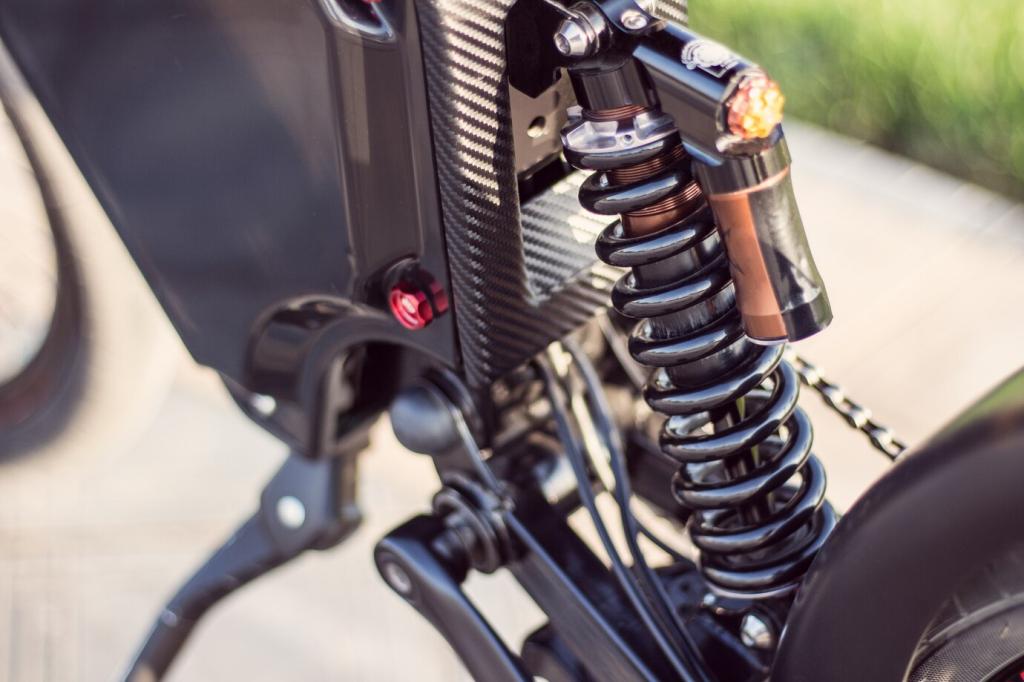Harnessing the Breeze at Home: Wind Turbines for Residential Energy Production


How Home Wind Turbines Work
A wind turbine’s blades capture the kinetic energy of moving air, spinning a rotor that feeds a generator. Modern profiles borrow from airplane wings, trading tiny pressure differences for steady rotational torque.
How Home Wind Turbines Work
Inside the nacelle, the generator converts rotation into electricity. An inverter then synchronizes the output with your home and grid, delivering clean power that safely runs lights, appliances, and hardworking heat pumps.



Horizontal vs. Vertical Axis
Horizontal-axis turbines dominate for efficiency and maturity. Vertical-axis designs can fit tight spaces and shifting winds, but generally produce less per swept area. Match design to your site, not marketing claims.
Grid-Tied, Off-Grid, or Hybrid
Grid-tied systems export surplus via net metering where available. Off-grid setups rely on batteries and careful load planning. Hybrids add solar, balancing calm days with sunny ones for smoother year-round production.
Batteries, Controllers, and Inverters
A charge controller protects batteries from overcharging while optimizing harvest. Modern inverters manage safety, synchronization, and monitoring. Chemistry choices—lithium, lead, or sodium—affect cost, longevity, and cold-weather performance significantly over many seasons.
Costs, Incentives, and Payback
Expect expenses for the turbine, tower, foundation, wiring, and permitted electrical work. Annual maintenance is usually modest—inspections, lubrication, and occasional parts—yet essential for keeping production reliable and safe.
Federal and local incentives can offset installation costs, while net metering credits surplus power on many grids. Policies vary widely, so verify details early to avoid surprises and optimize financial planning.
Payback depends on wind speed, tower height, energy use, and electricity rates. One lakeside family recovered costs faster after a rate hike, turning gusty autumn evenings into steady, bill-beating kilowatt-hours.




Installation, Safety, and Maintenance
Soil studies guide foundations that anchor towers against gusts. Certified electricians ensure code-compliant wiring, while guyed or monopole towers balance cost, footprint, and aesthetics to suit your property’s character.
Installation, Safety, and Maintenance
Seasonal checks catch loose hardware, cable wear, and blade imbalance early. A small bottle of grease, a torque wrench, and a disciplined schedule often save costly repairs down the road.
Protecting Birds and Bats
Avoid migratory pathways, locate away from roosts, and keep turbines above treelines where safe. Simple measures like radar-informed siting and seasonal curtailment during peak activity dramatically reduce wildlife interactions.
Lifecycle Emissions and Materials
Manufacturing and transport have footprints, but long service lifetimes repay them quickly. Over years, residential wind offsets significant emissions, especially where grids still depend on fossil generation during peak demand.
Beauty, Landscapes, and Education
Thoughtful colors, tower styles, and landscaping integrate systems gracefully. Yard signs and open-house days turn installations into learning hubs, inviting neighbors and students to explore renewable energy up close.


A Homeowner’s Tale: Lessons from a Breezy Ridge
After frequent outages, they chose a mid-size turbine on a taller tower instead of a larger model on a stubby mast. Extra height delivered calmer airflow and more dependable output year-round.
A Homeowner’s Tale: Lessons from a Breezy Ridge
Spring underperformed due to tree growth, so they raised the hub and trimmed branches with neighbors’ blessing. Autumn winds surged, smashing projections and covering holiday electric heating comfortably and cleanly.
